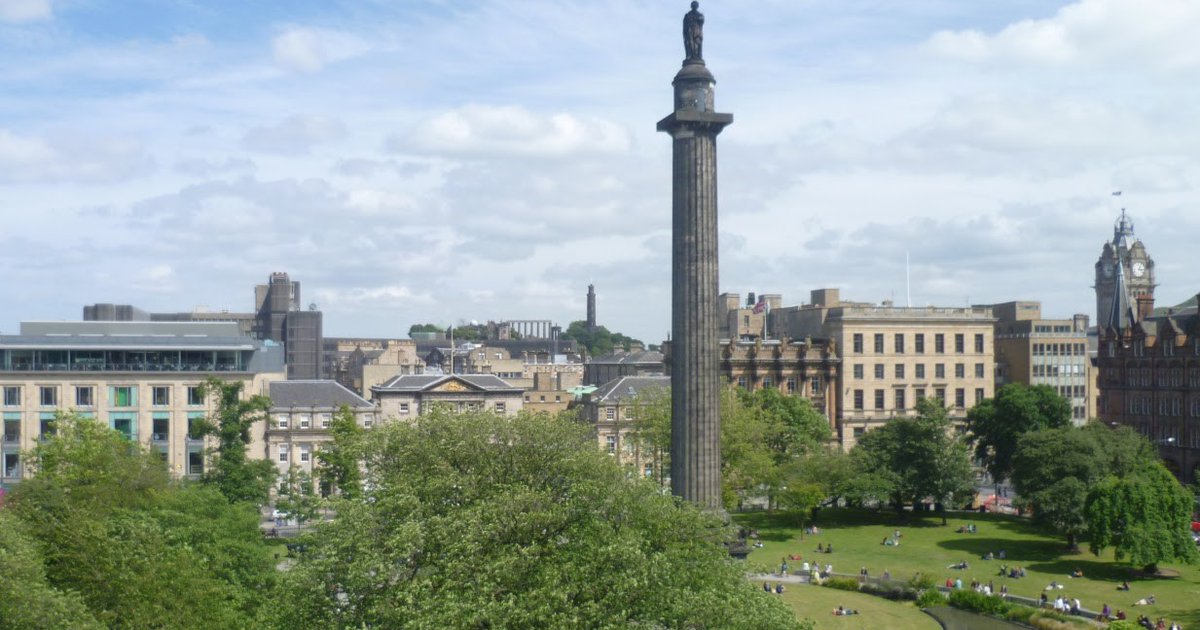
Scotland and England have developed different conversations about the empire. Where the dominant story down south is “it was all us, and it was great”, here in Scotland, we like to think of ourselves as being a little more refined. And so we tend to say “it was awful, and it was all them”.
This is, of course, nonsense. A better way to understand the relationship is that the ruling classes of the two countries came together to form the Union so that they could more easily plunder the world. And so they did, together building the biggest empire in human history, driving the industrial revolution and ‘Enlightenment’ at home at the cost of slavery and impoverishment overseas.
There has rightly been a lot of focus on the gruesome trans-Atlantic slave trade in recent days. But let’s include alongside that the genocides of the Americas and Australia, the starvation of India, the Opium Wars and the murderous Irish famine; the castrations and the concentration camps.
In each of these, Scottish men – yes, usually men – played crucial roles. It was the Scottish House of Stuart – Charles II and James VII and II – who launched the Royal Africa Company, which played a key role in the trans-Atlantic slave trade. It was Aberdeenshire’s Ian Henderson who, at the end of the 20th Century, became known as the “Butcher of Bahrain” due to his success in suppressing democracy by kidnapping and murdering the children of activists up until his retirement in 1990.
For many historians, the person who did the most to ensure that Scotland’s ruling class got its share of imperial plunder was a man called Henry Dundas, Viscount Melville.
Dundas (1742 – 1811) was the de-facto governor of Scotland, an important figure in the wars with France, and much else besides. But there are three roles in particular that he should be remembered for.
As Pitt’s Home Secretary, he pushed back against the immediate abolition of the Trans-Atlantic slave trade, prolonging for more than a decade the period in which the kidnap and transportation of African women, men and children continued. Hundreds of thousands of additional people were enslaved, tortured, raped and murdered in this period as a result.
When the famous slave revolt happened in Saint Dominique in 1793, Dundas was Secretary of State for War. Afraid that the rebellion might spread to the slaves in English colonies, he and Pitt waged war against the new Black republic, fighting for five years to try and quell the rebellion.
He was president of the Board of Control of the British East India Company in the late 18th century. A common saying at the time was “Scotland and India Dundas ruled and fed the one with the other”. As Sashi Tharoor has pointed out, when The East India company arrived in India in 1700, the country had produced around 27% of global GDP. By the time Britain left, the process of plunder in which Dundas had played a key role had reduced that to just over 4%.
I started reading about Dundas because for years, I would walk past a statue of him every day. Living a short walk from Edinburgh’s St Andrew’s Square, I had wondered who was the anonymous figure atop the vast plinth at the centre of the square. The only plaque on the monument simply said that the statue had been placed there in the first ever use of a balancing crane. At one entrance to the park lurks a small note, briefly listing his titles, but saying nothing about him.
To me, this seemed a perfect metaphor for how Scotland has failed to deal with our imperial legacy. We don’t talk about the Big Men of our colonial past in the way that the English do. We pretend they don’t exist. But as they lurk in our history, so their statues pollute our city centres, largely ignored, looking down on us. And instead of acknowledging them, we bang on forever about “The Enlightenment” and our great scientific, engineering and philosophical discoveries, as though they weren’t funded by plunder too.
And so in 2015, I commissioned a plaque, listing a few of Dundas’s crimes, and stuck it to the bottom of the monument “so that we remember who looks down on us”. It was quickly ripped down by an official.
Later, I brought a petition to the City Council calling for an honest plaque, and they agreed. A committee was formed to negotiate over text, and never reached final agreement.
And then, this weekend, the good people of Bristol Black Lives Matter produced their work of brilliance, and tore down their iconic statue of a racist, Edward Colston, throwing him into the harbour. The question was no longer a fringe matter. SNP council leader Adam McVey promised an honest plaque and said he would feel ‘no sense of loss’ if it was taken down.
In contrast, Geoff Palmer, Scotland’s first Black professor, who was my ally in negotiations over the text of the proposed plaque, has argued that the statue must remain. If the monument is erased, he argues, so will be the deed. And Scotland is already too good at forgetting its imperial past.
It seems to me that there is another option. As he is, Dundas is distant, high above the heads of the people of the city, and largely ignored. Instead, perhaps he should be torn down from his plinth and dumped face first on the ground below, with a plaque telling the story of why he is there, deplinthed and dishonoured, a reminder of our national shame.